1. Fan F, Xu DP, Xiong ZX, Li HJ, Xin HB, Zhao H, et al. 2018; Clinical significance of intrapancreatic choledochal cyst excision in surgical management of type I choledochal cyst. J Int Med Res. 46:1221–1229. DOI:
10.1177/0300060517728598. PMID:
29322850. PMCID:
PMC5972235.

2. Cho MJ, Hwang S, Lee YJ, Kim KH, Ahn CS, Moon DB, et al. 2011; Surgical experience of 204 cases of adult choledochal cyst disease over 14 years. World J Surg. 35:1094–1102. DOI:
10.1007/s00268-011-1009-7. PMID:
21360306.

3. Ng DW, Chiow AK, Poh WT, Tan SS. 2016; Metachronous cholangiocarcinoma 13 years post resection of choledochal cyst-is long-term follow-up useful? : a case study and review of the literature. Surg Case Rep. 2:60. DOI:
10.1186/s40792-016-0187-9. PMID:
27307284. PMCID:
PMC4909682.

4. Shimamura K, Kurosaki I, Sato D, Takano K, Yokoyama N, Sato Y, et al. 2009; Intrahepatic cholangiocarcinoma arising 34 years after excision of a type IV-A congenital choledochal cyst: report of a case. Surg Today. 39:247–251. DOI:
10.1007/s00595-008-3825-4. PMID:
19280286.

5. Kumamoto T, Tanaka K, Takeda K, Nojiri K, Mori R, Taniguchi K, et al. 2014; Intrahepatic cholangiocarcinoma arising 28 years after excision of a type IV-A congenital choledochal cyst: report of a case. Surg Today. 44:354–358. DOI:
10.1007/s00595-012-0387-2. PMID:
23090140. PMCID:
PMC3898144.
6. Goto N, Yasuda I, Uematsu T, Kanemura N, Takao S, Ando K, et al. 2001; Intrahepatic cholangiocarcinoma arising 10 years after the excision of congenital extrahepatic biliary dilation. J Gastroenterol. 36:856–862. DOI:
10.1007/s005350170010. PMID:
11777216.

7. Nishiyama R, Shinoda M, Tanabe M, Masugi Y, Ueno A, Hibi T, et al. 2011; Intrahepatic cholangiocarcinoma arising 33 years after excision of a choledochal cyst: report of a case. Int Surg. 96:320–325. DOI:
10.9738/CC82.1. PMID:
22808614.
8. Yoshikawa K, Yoshida K, Shirai Y, Sato N, Kashima Y, Coutinho DS, et al. 1986; A case of carcinoma arising in the intrapancreatic terminal choledochus 12 years after primary excision of a giant choledochal cyst. Am J Gastroenterol. 81:378–384. PMID:
3706253.
9. Suzuki S, Amao K, Harada N, Tanaka S, Hayashi T, Suzuki M, et al. 2004; A case of intrahepatic cholangiocarcinoma arising 26 years after excision of congenital biliary dilatation. Jpn J Gastroenterol Surg. 37:416–421. DOI:
10.5833/jjgs.37.416.

10. Oh SY, Kwon JH, Hwang S. 2019; Development of adenocarcinoma at the remnant intrapancreatic cyst 16 years after resection of the choledochal cyst. Ann Hepatobiliary Pancreat Surg. 23:192–196. DOI:
10.14701/ahbps.2019.23.2.192. PMID:
31225424. PMCID:
PMC6558127.

11. Ando H, Kaneko K, Ito T, Watanabe Y, Seo T, Harada T, et al. 1996; Complete excision of the intrapancreatic portion of choledochal cysts. J Am Coll Surg. 183:317–321. PMID:
8843259.
12. Choi JU, Hwang S, Chung YK. 2020; Management of intractable pancreatic leak from iatrogenic pancreatic duct injury following resection of choledochal cyst in an adult patient. Ann Hepatobiliary Pancreat Surg. 24:228–233. DOI:
10.14701/ahbps.2020.24.2.228. PMID:
32457272. PMCID:
PMC7271105.

13. Ohashi T, Wakai T, Kubota M, Matsuda Y, Arai Y, Ohyama T, et al. 2013; Risk of subsequent biliary malignancy in patients undergoing cyst excision for congenital choledochal cysts. J Gastroenterol Hepatol. 28:243–247. DOI:
10.1111/j.1440-1746.2012.07260.x. PMID:
22989043. PMCID:
PMC3816325.

15. Gallagher PJ, Millis RR, Mitchinson MJ. 1972; Congenital dilatation of the intrahepatic bile ducts with cholangiocarcinoma. J Clin Pathol. 25:804–808. DOI:
10.1136/jcp.25.9.804. PMID:
4343747. PMCID:
PMC477515.

17. Rossi RL, Silverman ML, Braasch JW, Munson JL, ReMine SG. 1987; Carcinomas arising in cystic conditions of the bile ducts. A clinical and pathologic study. Ann Surg. 205:377–384. DOI:
10.1097/00000658-198704000-00006. PMID:
3566373. PMCID:
PMC1492743.
18. Young WT, Thomas GV, Blethyn AJ, Lawrie BW. 1992; Choledochal cyst and congenital anomalies of the pancreatico-biliary junction: the clinical findings, radiology and outcome in nine cases. Br J Radiol. 65:33–38. DOI:
10.1259/0007-1285-65-769-33. PMID:
1336694.

19. Kobayashi S, Asano T, Yamasaki M, Kenmochi T, Nakagohri T, Ochiai T. 1999; Risk of bile duct carcinogenesis after excision of extrahepatic bile ducts in pancreaticobiliary maljunction. Surgery. 126:939–944. DOI:
10.1016/S0039-6060(99)70036-X. PMID:
10568195.

20. Koike M, Yasui K, Shimizu Y, Kodera Y, Hirai T, Morimoto T, et al. 2002; Carcinoma of the hepatic hilus developing 21 years after biliary diversion for choledochal cyst: a case report. Hepatogastroenterology. 49:1216–1220. PMID:
12239908.
21. Ono S, Sakai K, Kimura O, Iwai N. 2008; Development of bile duct cancer in a 26-year-old man after resection of infantile choledochal cyst. J Pediatr Surg. 43:E17–E19. DOI:
10.1016/j.jpedsurg.2008.01.073. PMID:
18558159.

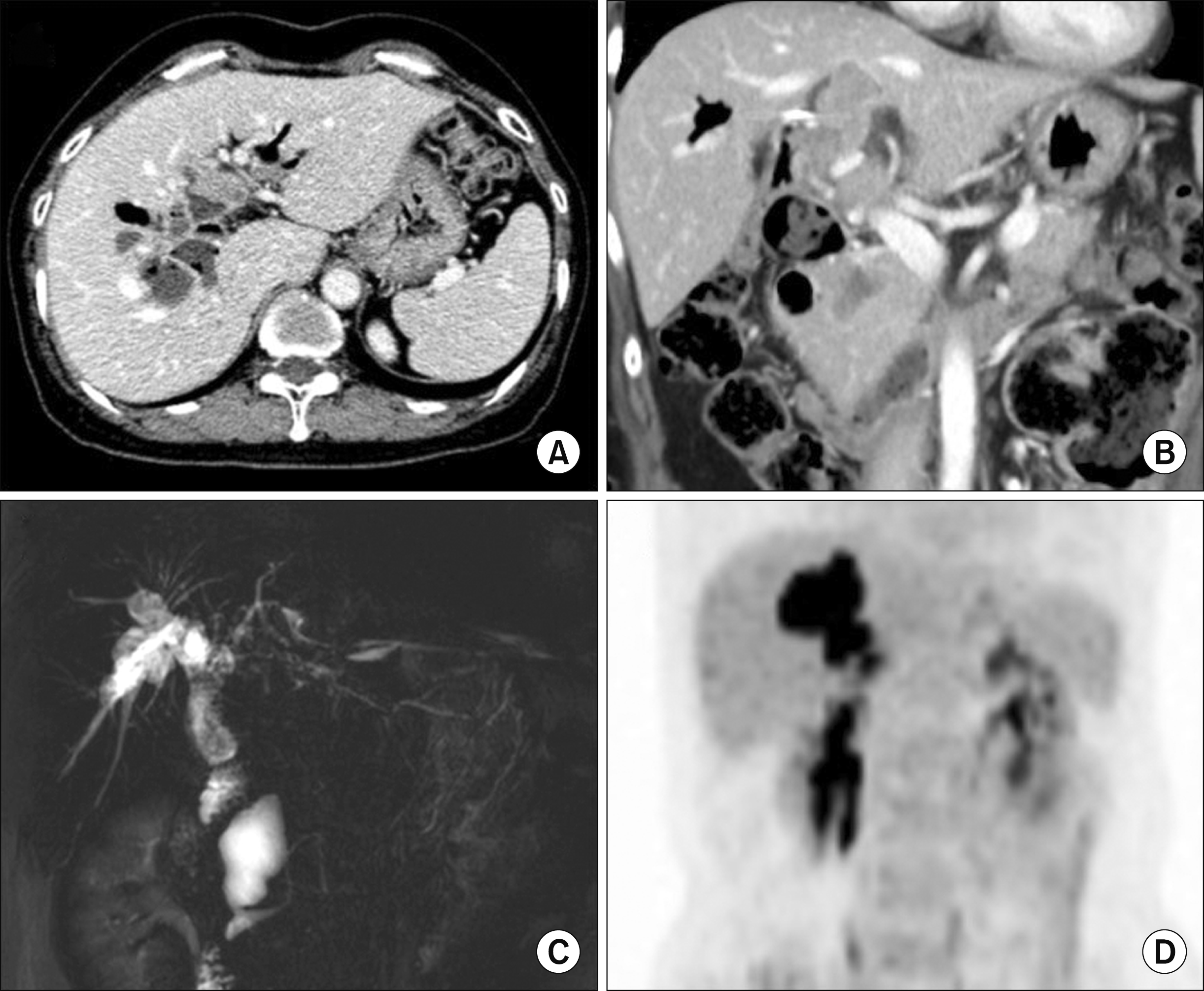


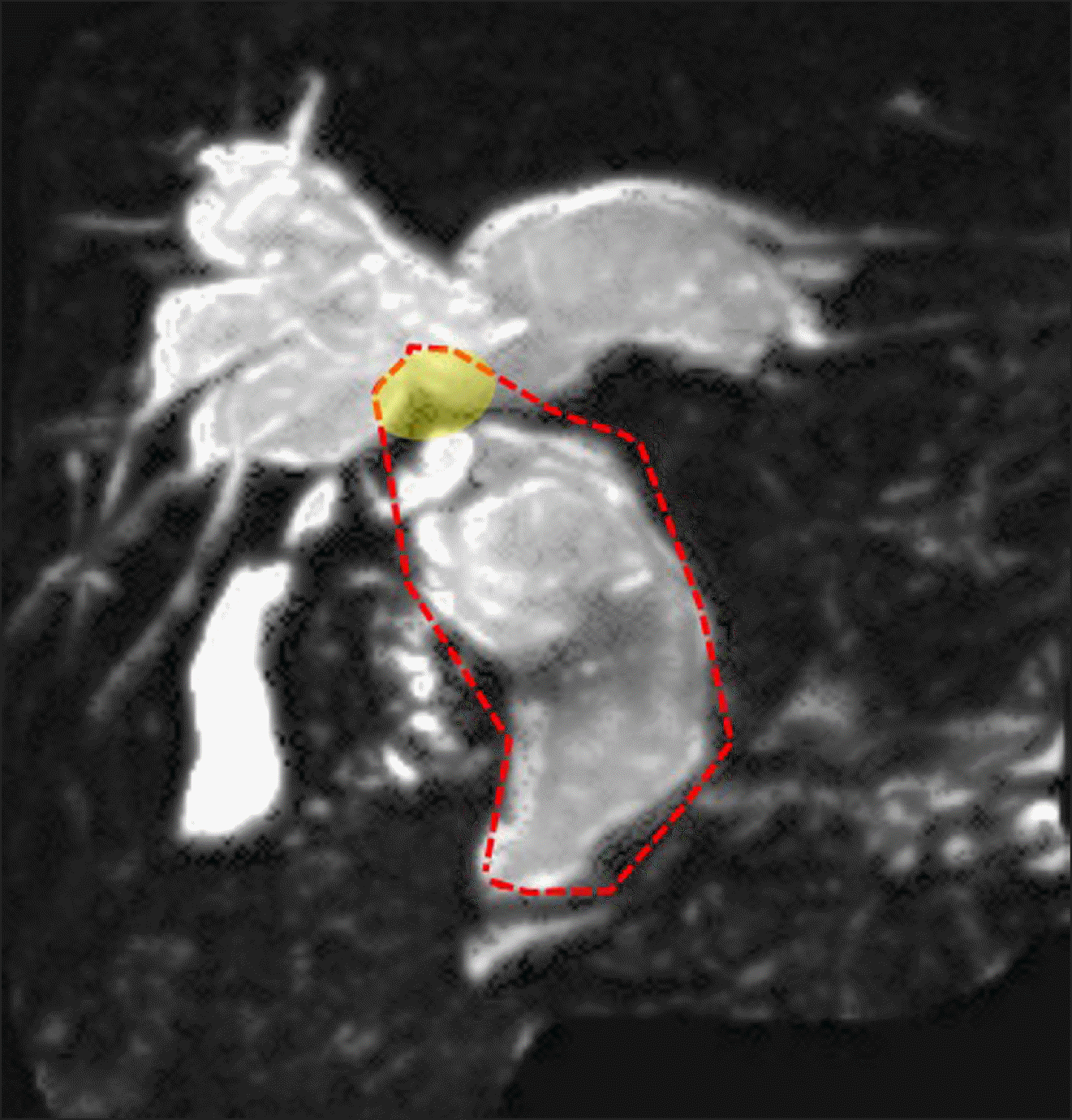




 PDF
PDF Citation
Citation Print
Print



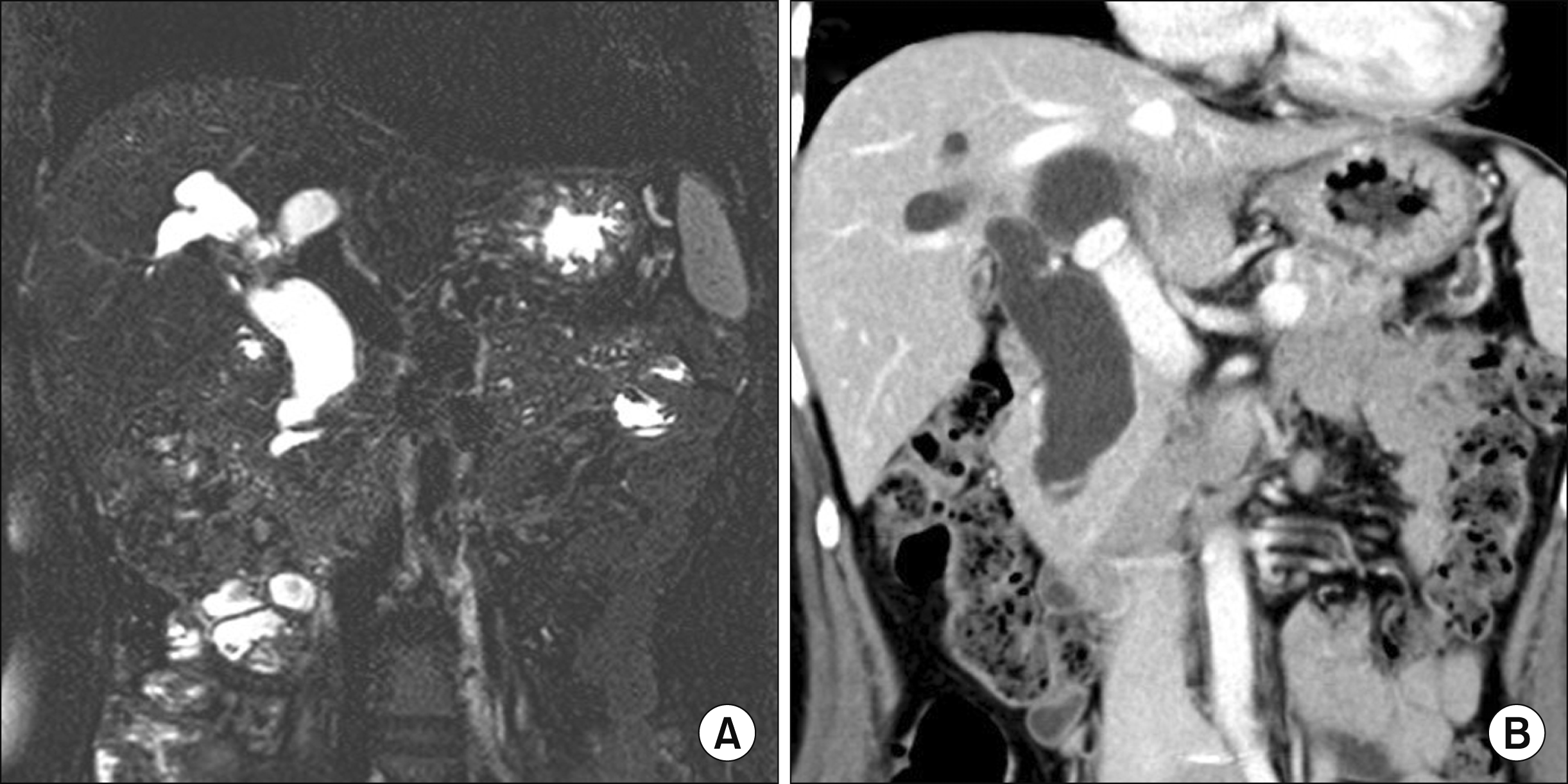
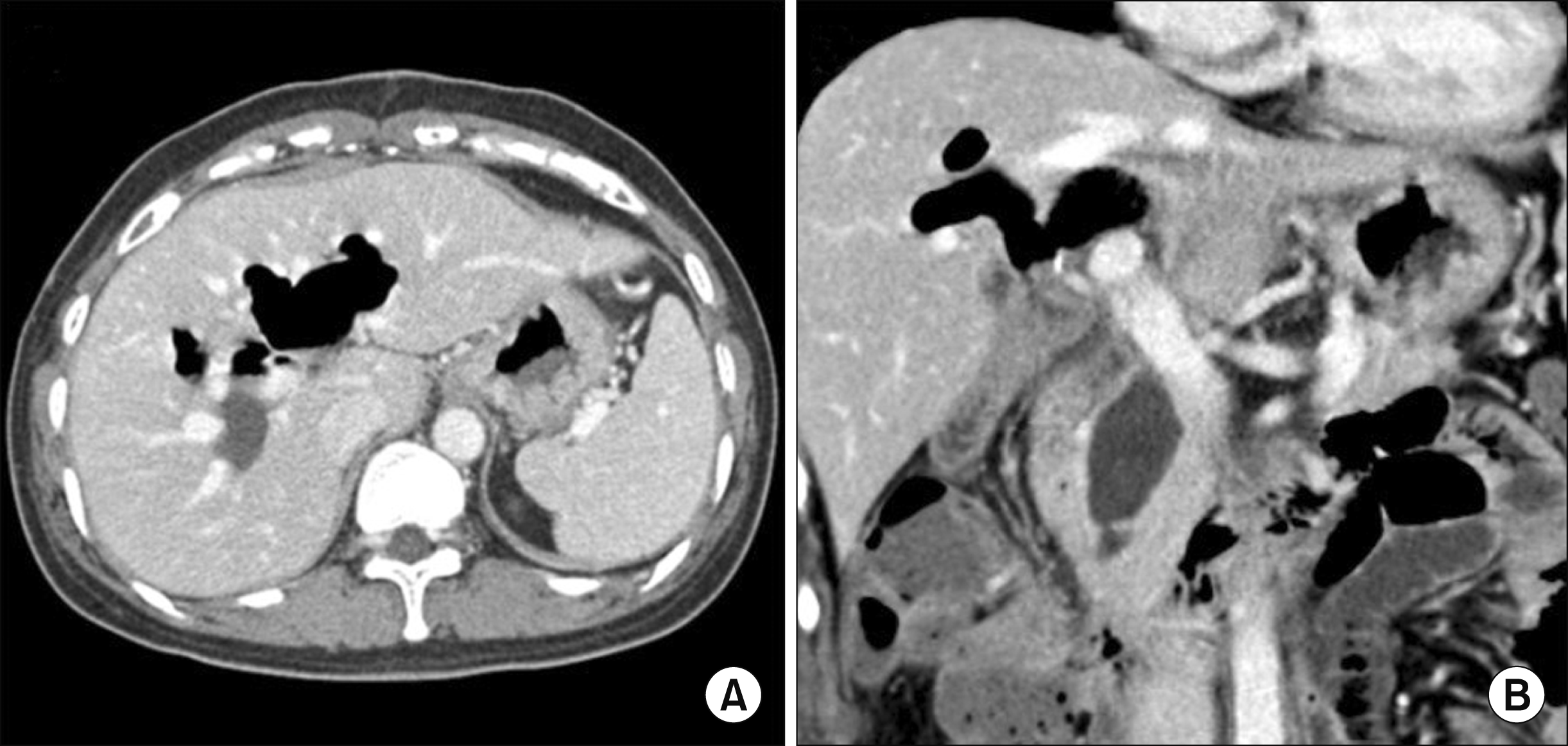
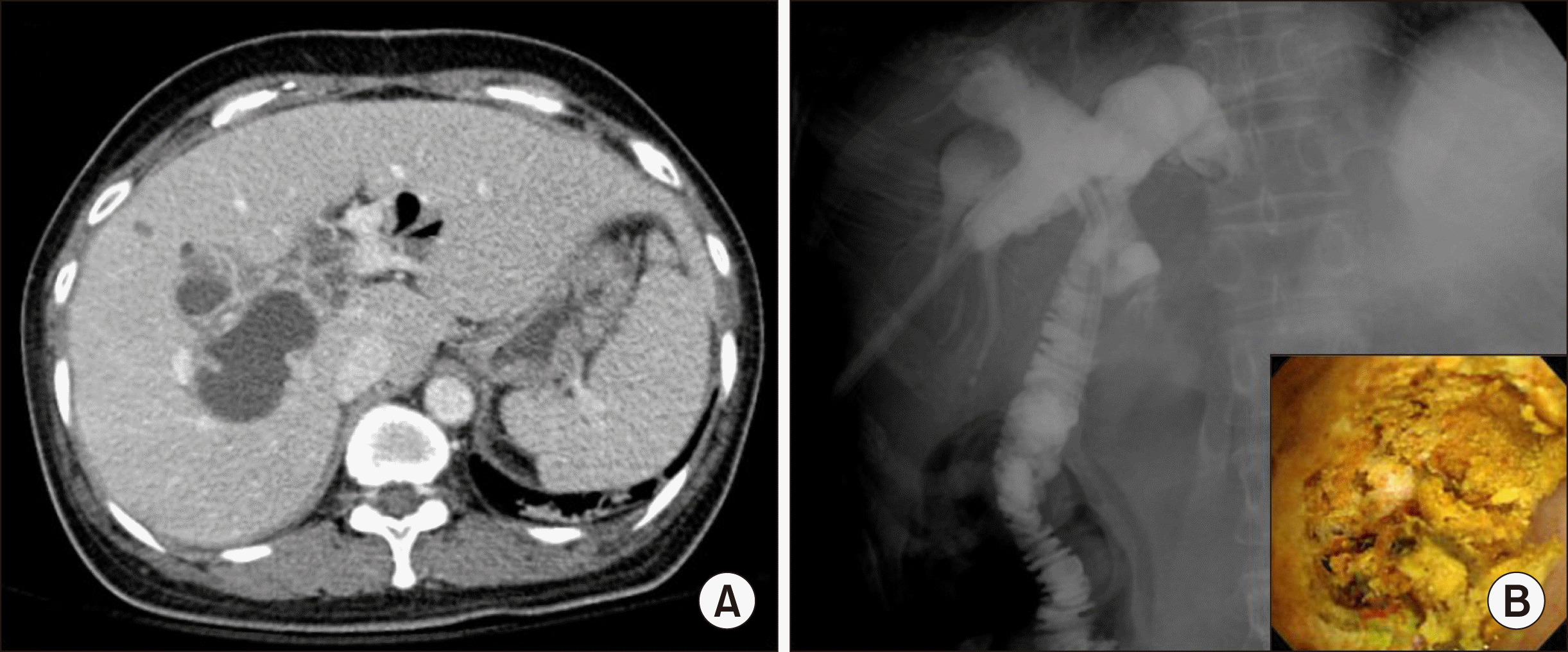
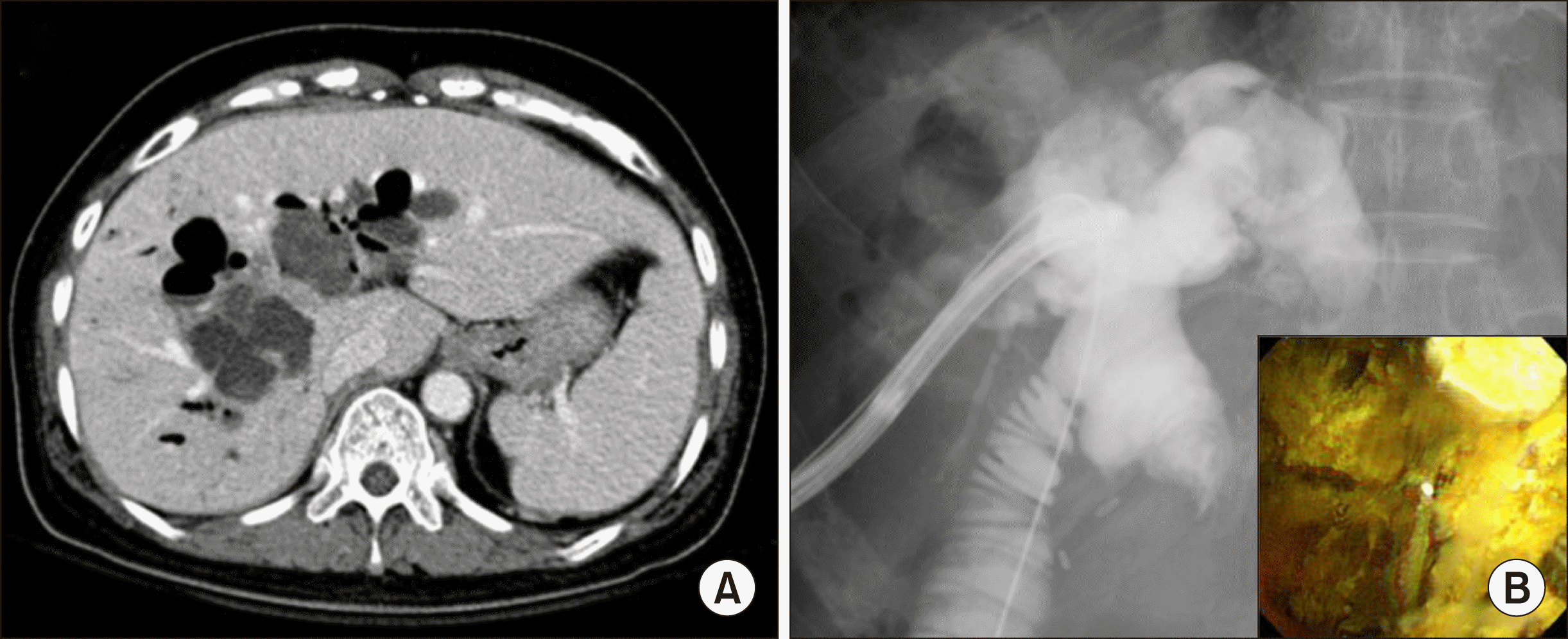
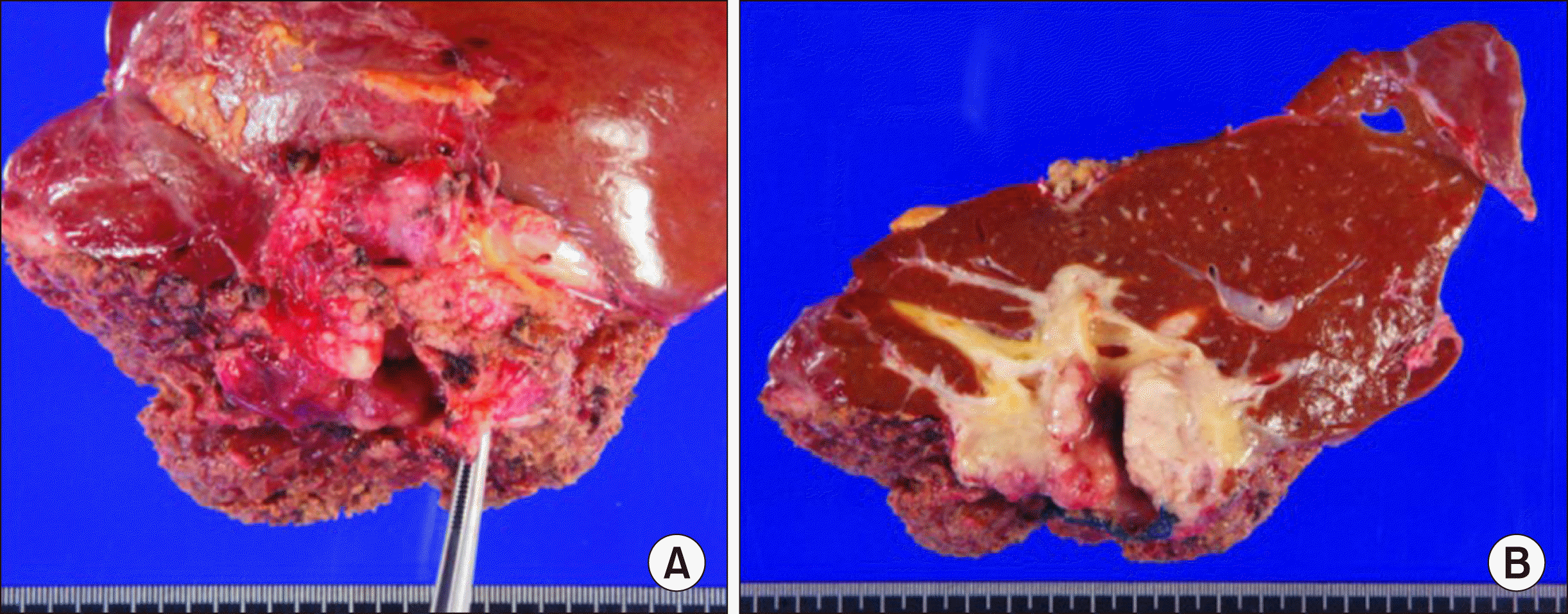
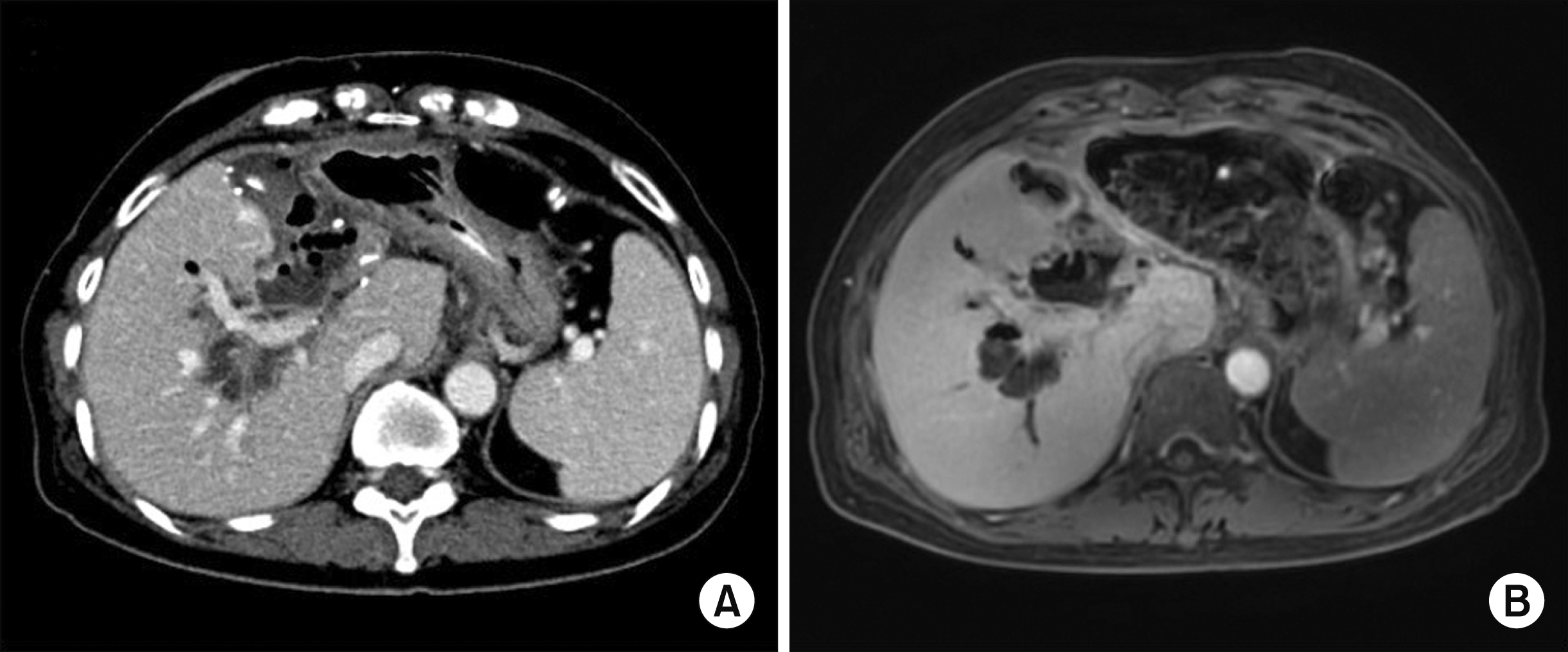
 XML Download
XML Download